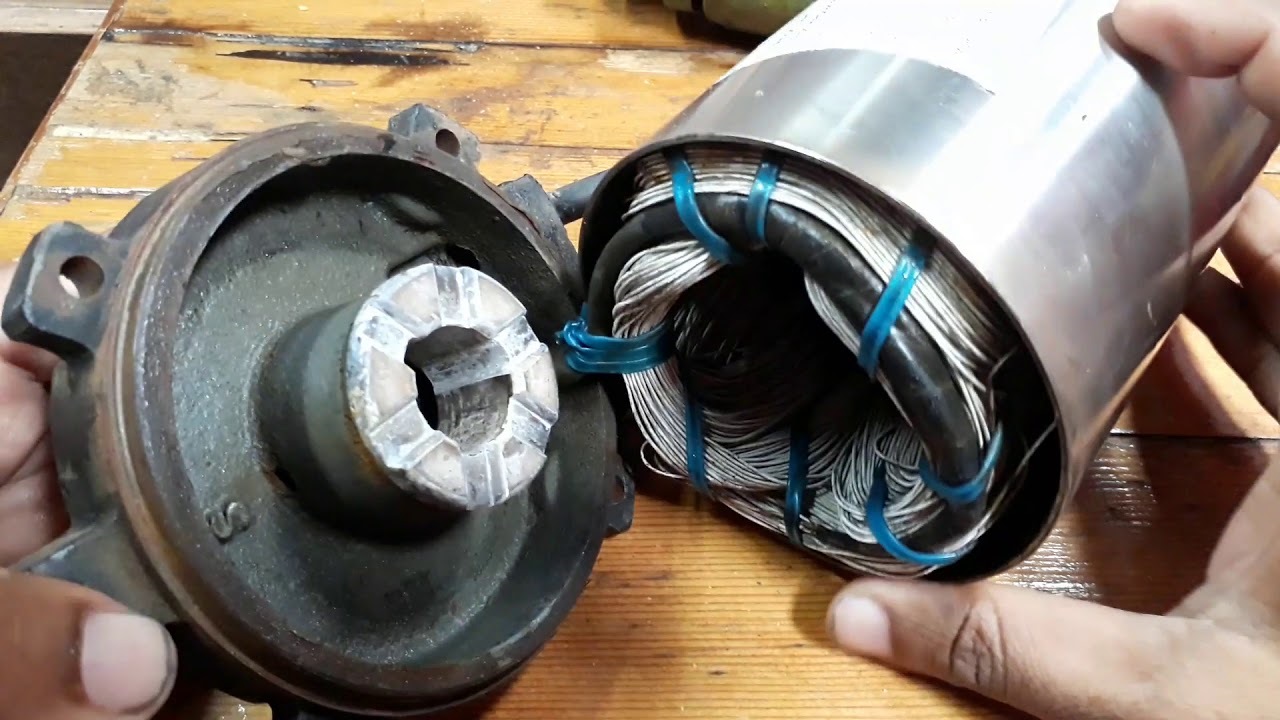

Articles
Why Is My Water Pump Not Working
Modified: December 7, 2023
Discover the reasons why your water pump is not functioning properly with these informative articles. Find solutions to common issues and ensure your pump works efficiently.
(Many of the links in this article redirect to a specific reviewed product. Your purchase of these products through affiliate links helps to generate commission for Storables.com, at no extra cost. Learn more)
Introduction
A water pump is a crucial component of any water system, whether it is for residential, commercial, or industrial use. It is responsible for pumping water from a source, such as a well or a reservoir, and distributing it to various locations. However, there may be times when your water pump fails to work properly, leaving you without access to water.
There can be several reasons why a water pump stops working, ranging from electrical issues to mechanical problems. Understanding these common causes and knowing how to troubleshoot and repair them can save you time and money. In this article, we will explore the common causes of water pump failure, provide steps to troubleshoot a water pump not working, and guide you through the process of repairing a non-functioning water pump.
By following the steps and tips outlined in this article, you will be able to identify and resolve the issues that are preventing your water pump from functioning properly.
Key Takeaways:
- Troubleshoot and repair common water pump issues like electrical problems, motor malfunctions, and low water levels to ensure a continuous water supply and save time and money on professional repairs.
- Know when to call a professional for water pump repairs, especially for complex issues, safety concerns, warranty coverage, or continued problems, to ensure optimal functionality and reliability.
Read more: Why Is My Rv Water Pump Not Working
Common Causes of Water Pump Failure
When a water pump fails to work, it can be due to various reasons. Here are some common causes of water pump failure:
1. Electrical Issues
Electrical issues can prevent a water pump from working efficiently or completely stop it from functioning. Problems such as faulty wiring, blown fuses, tripped circuit breakers, or a malfunctioning control panel can disrupt the flow of electricity to the pump’s motor. This can result in the pump not turning on or not being able to pump water effectively.
2. Motor Problems
The motor is the heart of a water pump, and any issues with the motor can lead to pump failure. Common motor problems include worn-out brushes, a burnt-out motor, a faulty capacitor, or a seized bearing. These issues can cause the motor to malfunction, resulting in the pump not working or not generating enough pressure to pump water.
3. Low Water Level
If the water level in the source or reservoir is too low, the pump may not be able to draw in enough water to operate effectively. This can cause the pump to run dry, leading to a loss of priming or even damage to the pump. It is essential to ensure that the water level is sufficient for the pump to function properly.
Read more: Why Is My Water Pump Leaking
4. Clogged Impeller
The impeller is a rotating component of the water pump that is responsible for moving water through the system. Over time, debris, sediment, or other foreign objects can accumulate and clog the impeller. A clogged impeller restricts the flow of water, reducing the pump’s efficiency or preventing it from working altogether.
5. Malfunctioning Pressure Switch
The pressure switch is a device that controls when the pump turns on and off based on the water pressure in the system. If the pressure switch is faulty or malfunctioning, it can cause the pump to either not turn on at all or not shut off when it should. This can result in the pump continuously running or not turning on when water is needed.
Understanding these common causes of water pump failure can help you pinpoint the issue and take the necessary steps to troubleshoot and repair it. In the next section, we will discuss how to troubleshoot a water pump that is not working.
How to Troubleshoot a Water Pump Not Working
When your water pump stops working, it’s important to perform some troubleshooting steps to identify the underlying issue. Here are some steps you can take to troubleshoot a water pump that is not working:
1. Check the Power Supply
The first thing you should do is check the power supply to the water pump. Ensure that it is connected properly and that there is electricity flowing to the pump. Make sure that any fuses or circuit breakers associated with the pump are not tripped or blown. If necessary, reset the circuit breaker or replace the fuse to restore power to the pump.
Read more: Why My Water Heater Is Not Working
2. Inspect the Motor
If the power supply is not the issue, the next step is to inspect the motor. Look for any visible signs of damage, such as burnt-out brushes or wires. Check the motor’s capacitor, which helps start the motor, to ensure it is functioning correctly. If you notice any motor issues, such as strange noises or excessive heat, it may be necessary to repair or replace the motor.
3. Verify Water Level
Check the water level in the source or reservoir to ensure it is sufficient for the pump to operate properly. If the water level is too low, the pump may not have enough water to draw in and circulate. Make sure the water level is above the pump’s intake valve or well screen. If necessary, add more water to reach the appropriate level.
4. Clean or Replace the Impeller
If the water pump is not pumping water or the flow is weak, there may be a clogged impeller. Remove the pump’s housing and inspect the impeller for any debris, sediment, or objects that may be blocking it. Clean the impeller thoroughly or replace it if necessary. Ensure that the impeller rotates freely without any obstructions.
5. Test the Pressure Switch
The pressure switch controls when the pump turns on and off based on the water pressure in the system. Use a multimeter to test the pressure switch and determine whether it is functioning correctly. If the switch is faulty or malfunctioning, it may need to be repaired or replaced to restore the pump’s functionality.
By following these troubleshooting steps, you can pinpoint the issue causing your water pump not to work. In the next section, we will discuss the steps to repair a non-functioning water pump.
Read more: How Do I Know If My Water Pump Is Working?
Steps to Repair a Non-functioning Water Pump
If your water pump is still not working after troubleshooting, it may be necessary to perform some repair steps. Here are the steps to repair a non-functioning water pump:
Step 1: Disconnect Power Source
Before attempting any repairs, ensure that the power source to the water pump is disconnected. This will prevent any accidental electrical shocks while working on the pump.
Step 2: Examine Wiring and Electrical Connections
Inspect the wiring and electrical connections of the water pump. Check for any loose or damaged wires, faulty connections, or corrosion. Clean or replace any corroded components and tighten any loose connections. Ensure that all electrical elements are properly secured and insulated.
Step 3: Check for Motor Issues
If the water pump’s motor is not functioning correctly, it may need to be repaired or replaced. Examine the motor for signs of damage, such as burnt-out brushes or a faulty capacitor. Replace any faulty components or contact a professional technician for motor repairs. Make sure the motor is properly aligned and lubricated as per the manufacturer’s instructions.
Read more: Why Is My Water Flosser Not Working
Step 4: Address Low Water Level
If the water level in the source or reservoir is too low, it can affect the pump’s performance. Add water to ensure it is at the appropriate level. Consider implementing measures such as installing a float switch or a water-level monitoring system to prevent the pump from running dry in the future.
Step 5: Clear Impeller Blockage
If the impeller is clogged or obstructed, it can hinder the pump’s ability to draw in and circulate water. Remove the pump’s housing and carefully clean the impeller, removing any debris, sediment, or objects that may be blocking it. Ensure that the impeller rotates freely without any obstructions before reassembling the pump.
Step 6: Repair or Replace Pressure Switch
If the pressure switch is faulty or malfunctioning, it may need to be repaired or replaced. Use a multimeter to determine if the switch is functioning correctly. If it is not, consult the pump’s manual or contact a professional technician for guidance on repairing or replacing the pressure switch.
Remember to follow manufacturer guidelines and safety precautions when repairing your water pump. If you are unsure or uncomfortable with performing any repairs, it is always best to seek professional assistance. By following these steps, you can restore the functionality of your water pump and ensure a continuous supply of water.
When to Call a Professional
While troubleshooting and attempting to repair a non-functioning water pump can be done by homeowners, there are certain situations where it is best to call a professional. Here are some instances when you should consider contacting a professional water pump technician:
Read more: Why Is My Water Pump Making Noise
1. Lack of Experience or Knowledge
If you have limited experience or knowledge about water pump repair, it is best to leave the job to a professional. Water pumps can be complex systems, and incorrect repairs can cause further damage or pose a safety risk. A professional technician has the expertise and training to diagnose the problem accurately and perform the necessary repairs correctly.
2. Intensive Repairs or Replacements
If the repair or replacement requires extensive work, specialized tools, or technical expertise, it is advisable to call a professional. Complex motor repairs, rewiring electrical components, or replacing major pump components may be beyond the scope of a DIY repair. A professional technician will have the necessary skills and equipment to handle these tasks safely and efficiently.
3. Safety Concerns
If you have concerns about your safety or the safety of the repair process, it is best to consult a professional. Dealing with electricity, water, and complex machinery can be hazardous if not handled properly. A professional technician has the training and expertise to follow safety protocols and prevent accidents or injuries during the repair process.
4. Under Warranty
If your water pump is still under warranty, attempting to repair or tamper with it yourself may void the warranty. It is important to check the warranty terms and conditions and consult with the manufacturer or a certified technician before attempting any repairs. They will be able to guide you on the proper procedures to follow while maintaining the warranty coverage.
Read more: Why Is My Water Pump Not Building Pressure
5. Continued Issues or Uncertainty
If you have attempted troubleshooting and basic repairs, but the water pump continues to have issues or you are unsure of the underlying problem, it is recommended to seek professional help. A professional can conduct a thorough inspection, accurately diagnose the root cause of the problem, and provide an effective solution.
Remember, the ultimate goal is to ensure the optimal functioning of your water pump and provide a reliable water supply. If you are unsure or uncomfortable with the repair process, it is best to call a professional technician who can safely and efficiently resolve the issues with your water pump.
Conclusion
A properly functioning water pump is essential for ensuring a reliable water supply in residential, commercial, and industrial settings. When a water pump stops working, it can disrupt daily activities and cause inconvenience. However, understanding the common causes of water pump failure and how to troubleshoot and repair them can help restore the functionality of the pump.
In this article, we discussed the common causes of water pump failure, such as electrical issues, motor problems, low water level, clogged impeller, and malfunctioning pressure switch. We also provided steps to troubleshoot a water pump that is not working, including checking the power supply, inspecting the motor, verifying water level, cleaning or replacing the impeller, and testing the pressure switch.
If troubleshooting steps do not resolve the issue, we outlined the steps to repair a non-functioning water pump. These steps include disconnecting the power source, examining wiring and electrical connections, checking for motor issues, addressing low water level, clearing impeller blockage, and repairing or replacing the pressure switch.
However, it is important to know when to call a professional. Lack of experience or knowledge, intensive repairs or replacements, safety concerns, warranty coverage, or continued issues should prompt you to seek the expertise of a professional water pump technician.
Taking care of your water pump and promptly addressing any issues can ensure a continuous water supply and prevent further damage. Regular maintenance, such as cleaning the impeller, checking electrical connections, and monitoring the water level, can help prevent pump failure and prolong the lifespan of your water pump.
In conclusion, by understanding the common causes of water pump failure, troubleshooting the issues, and seeking professional help when needed, you can ensure a reliable and efficient water pump system that meets your water demands.
Frequently Asked Questions about Why Is My Water Pump Not Working
Was this page helpful?
At Storables.com, we guarantee accurate and reliable information. Our content, validated by Expert Board Contributors, is crafted following stringent Editorial Policies. We're committed to providing you with well-researched, expert-backed insights for all your informational needs.
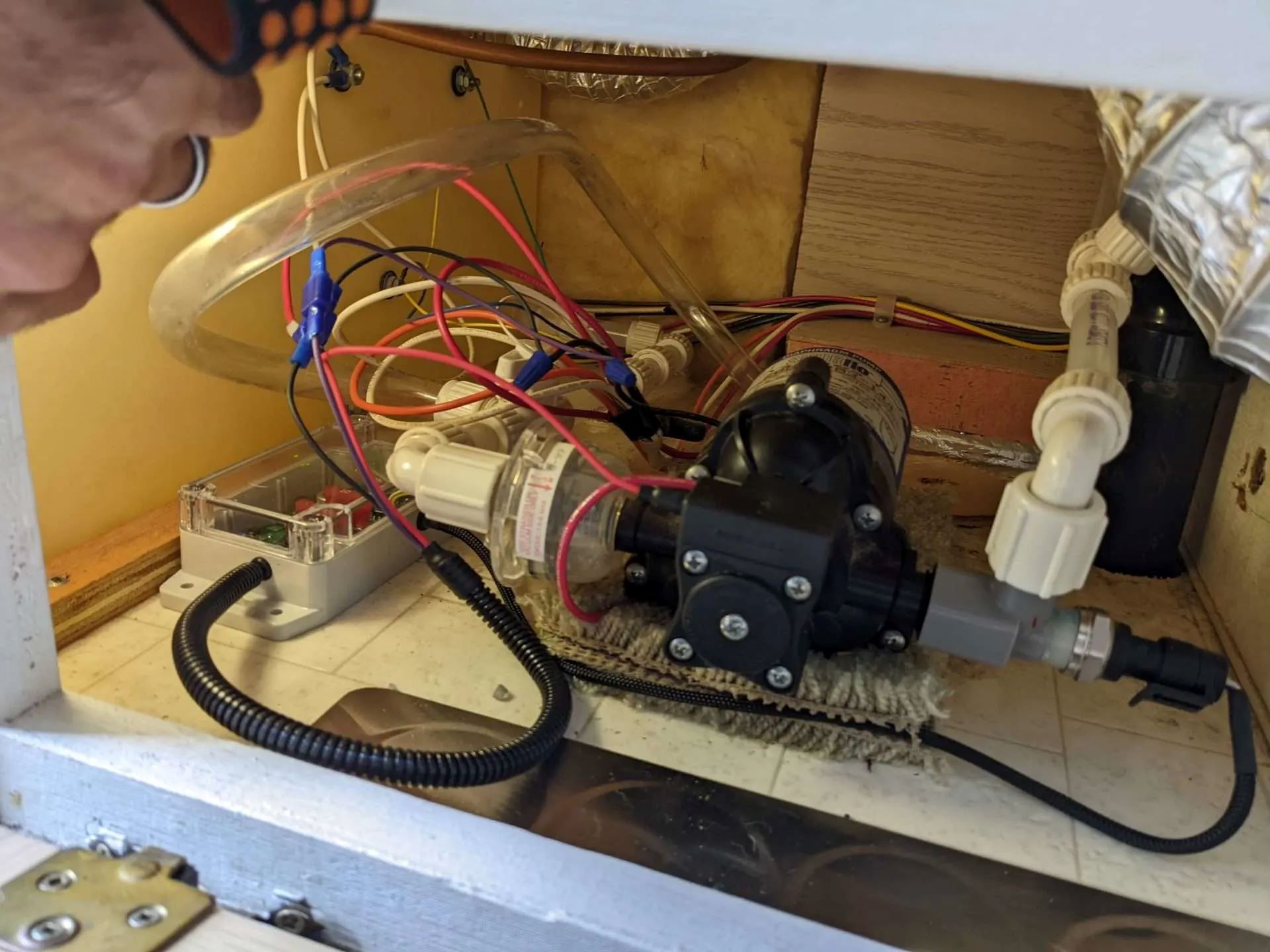
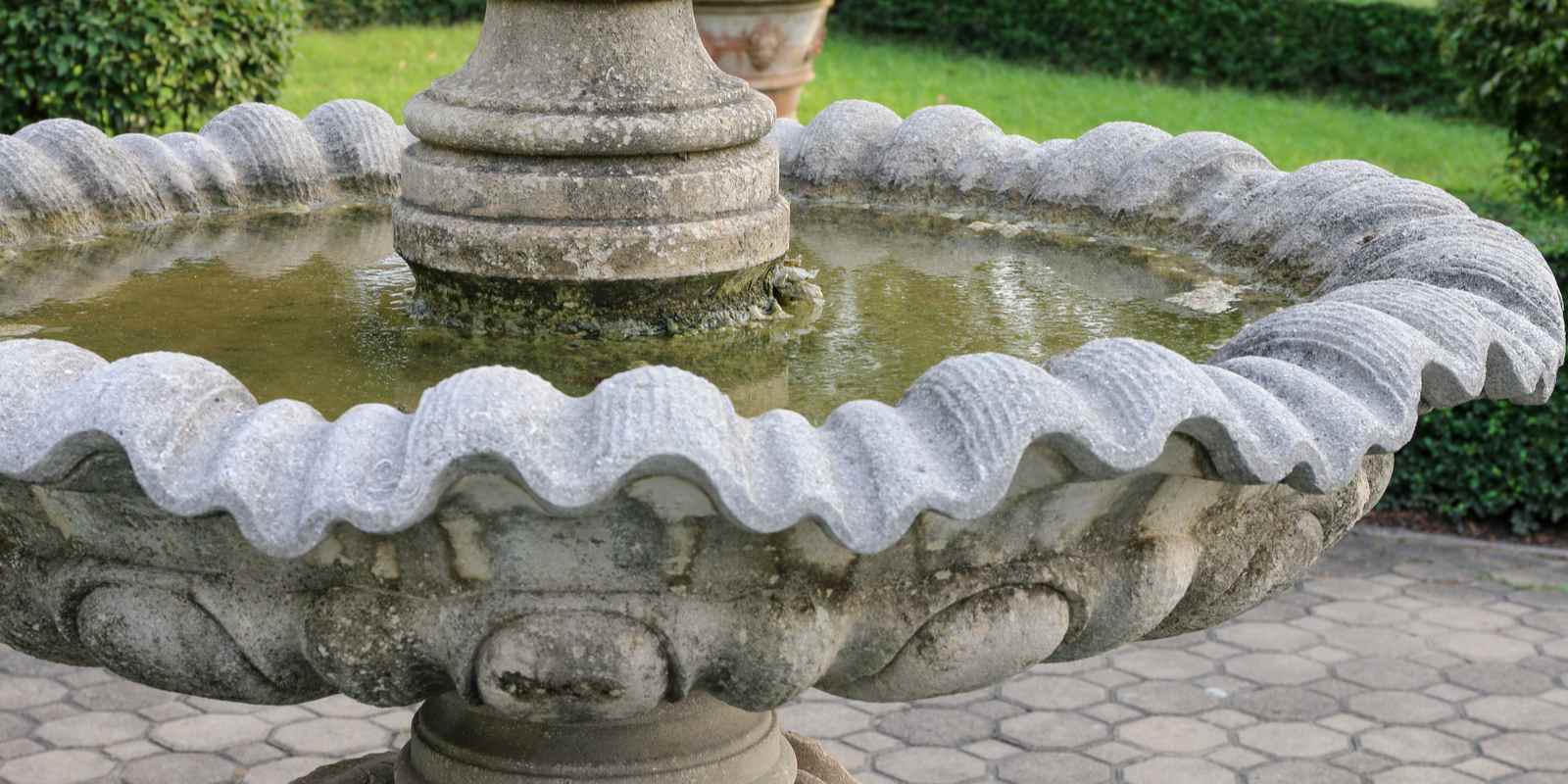
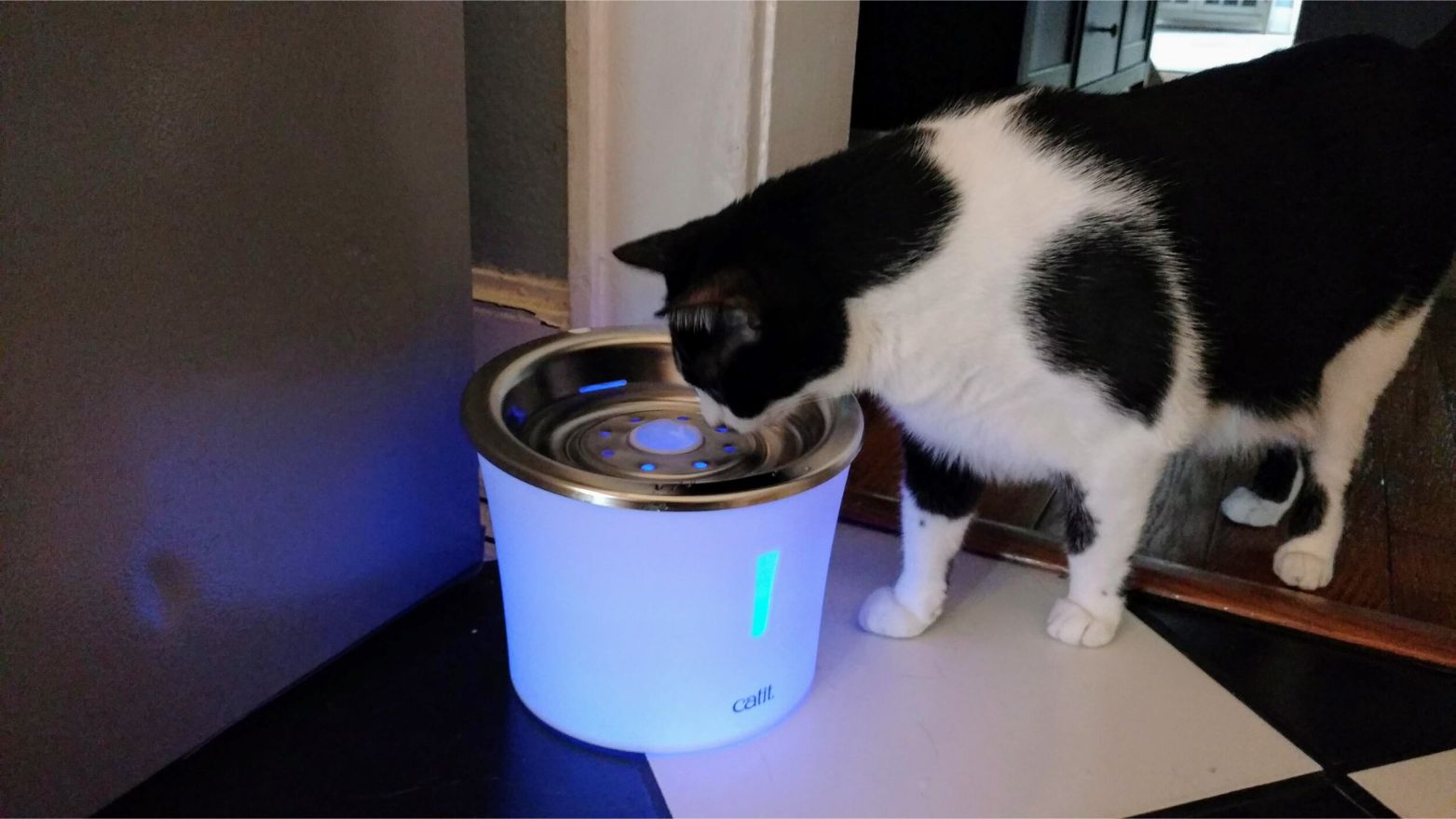
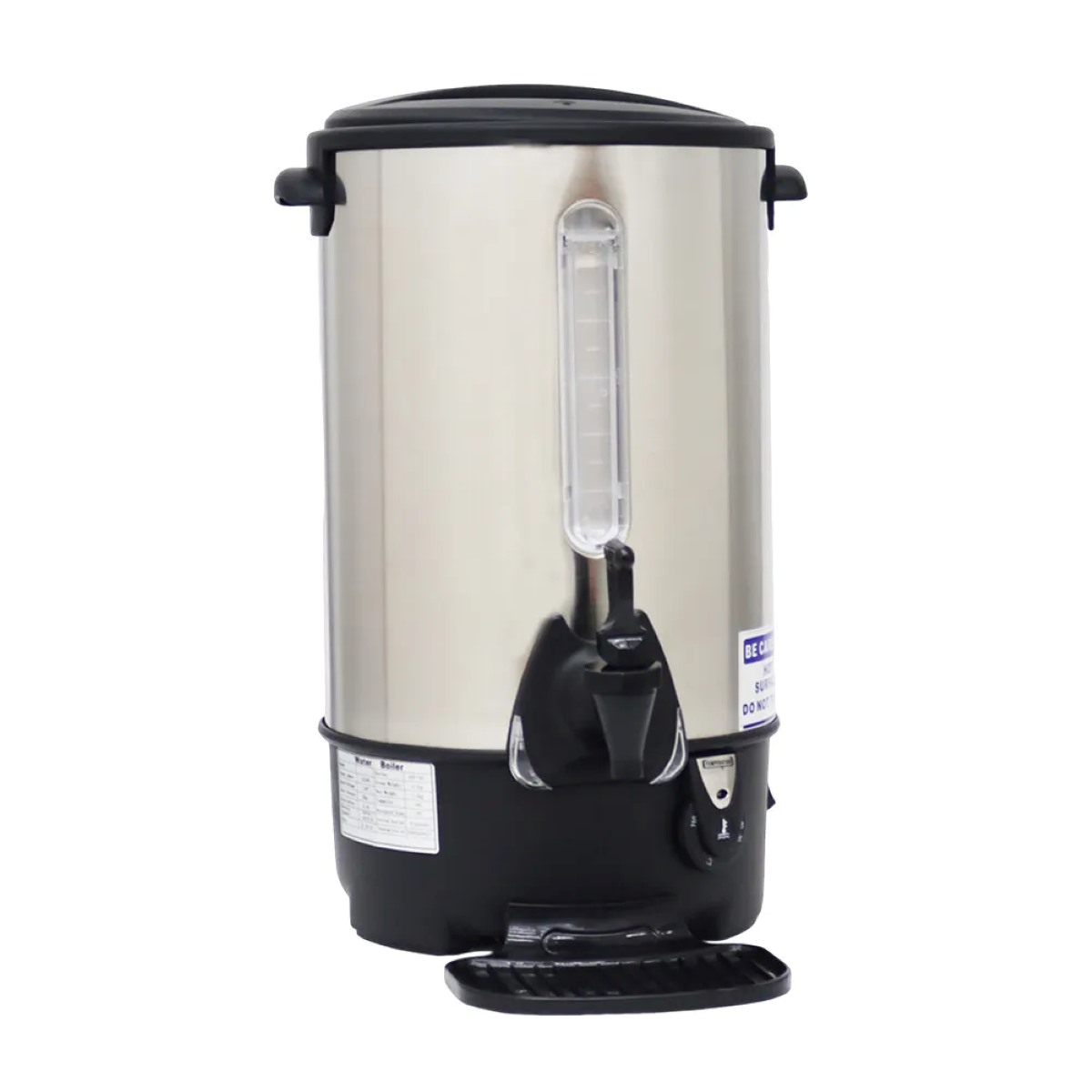
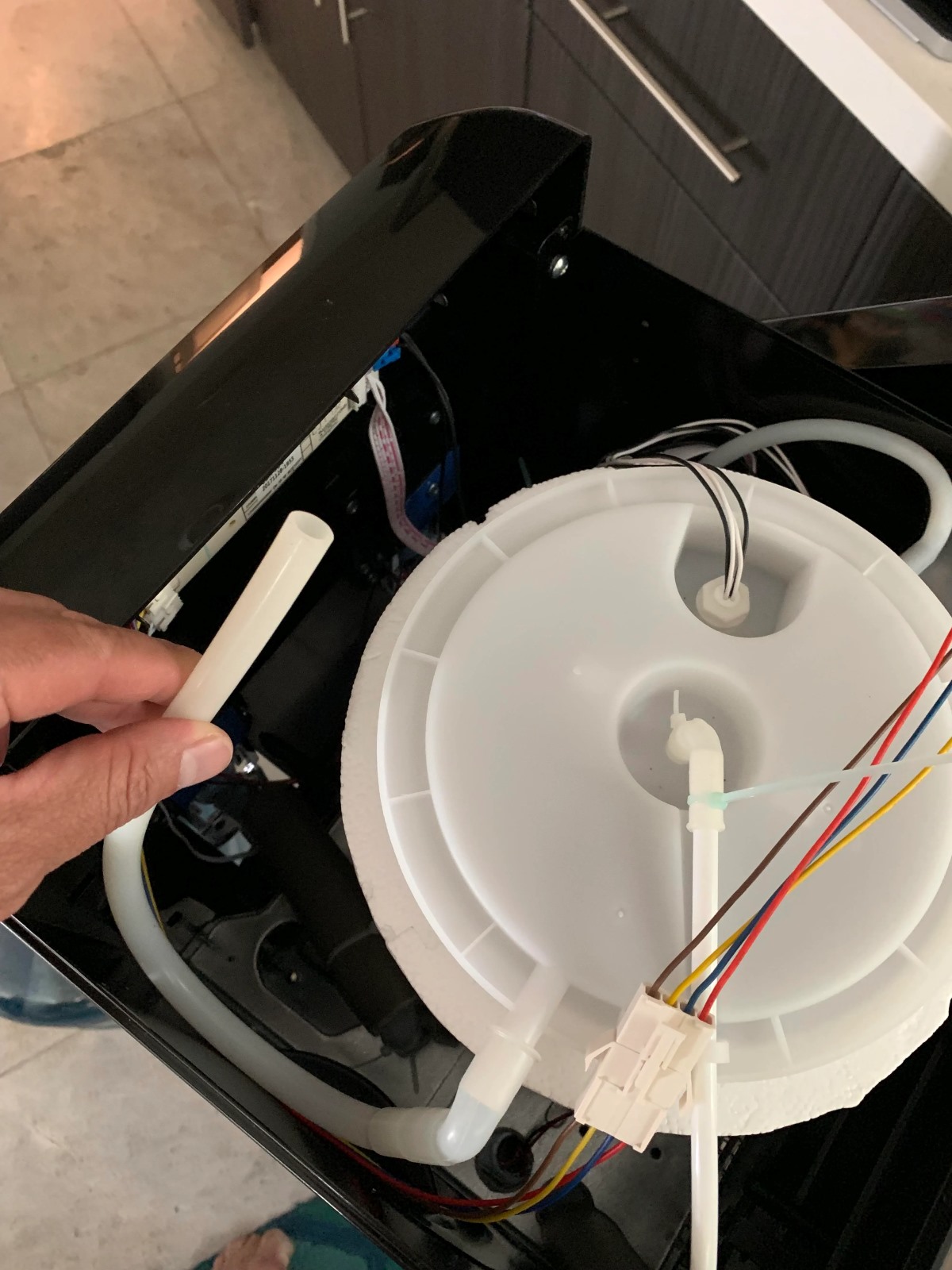
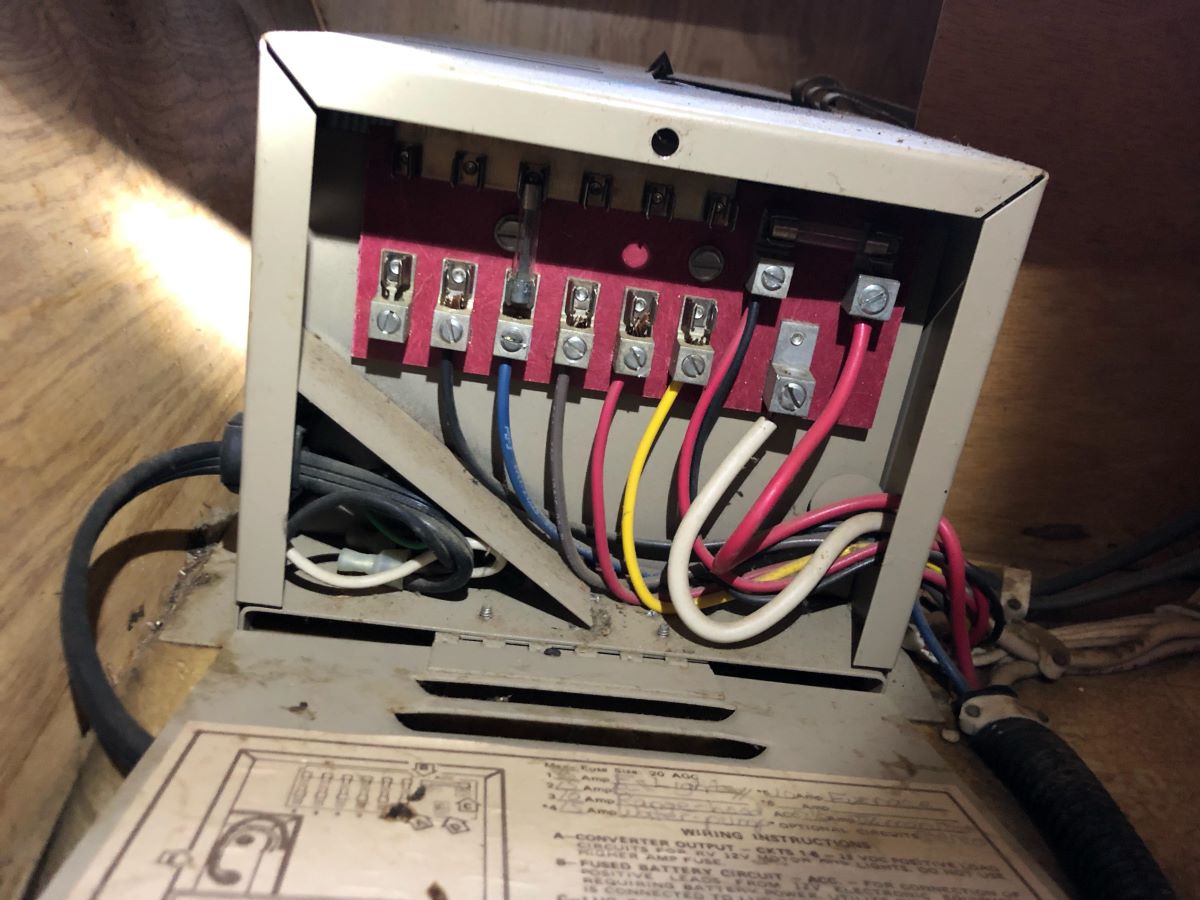
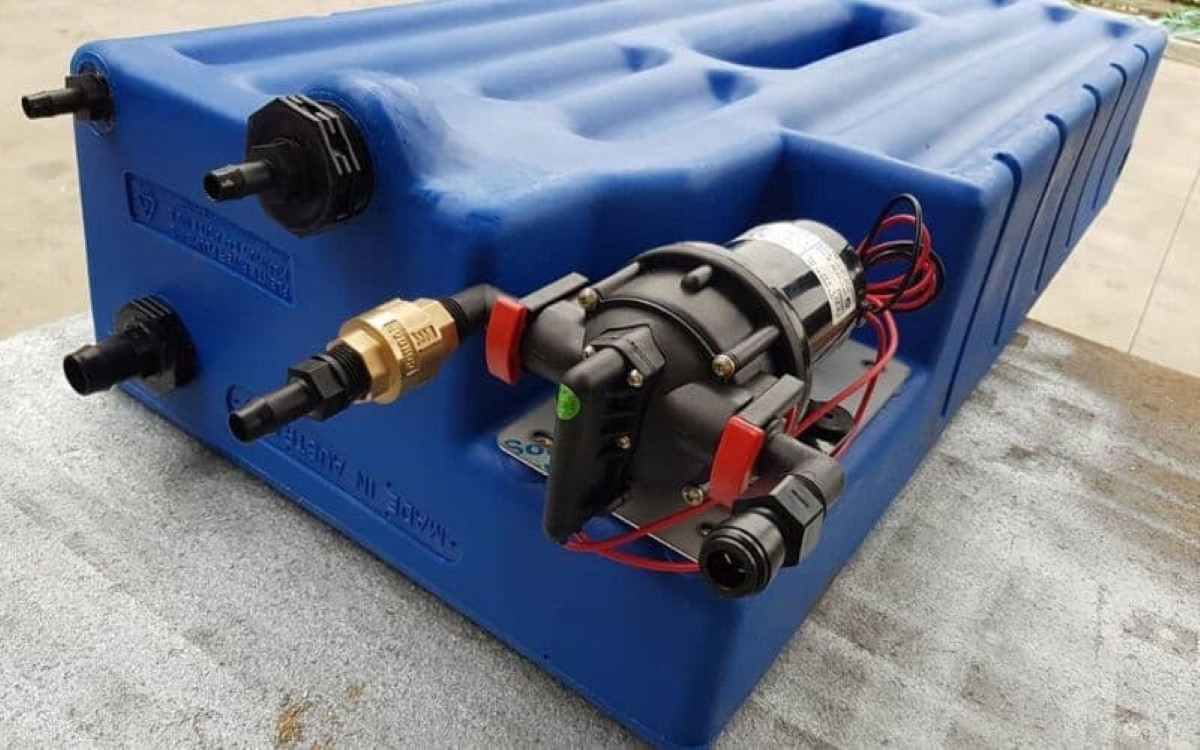
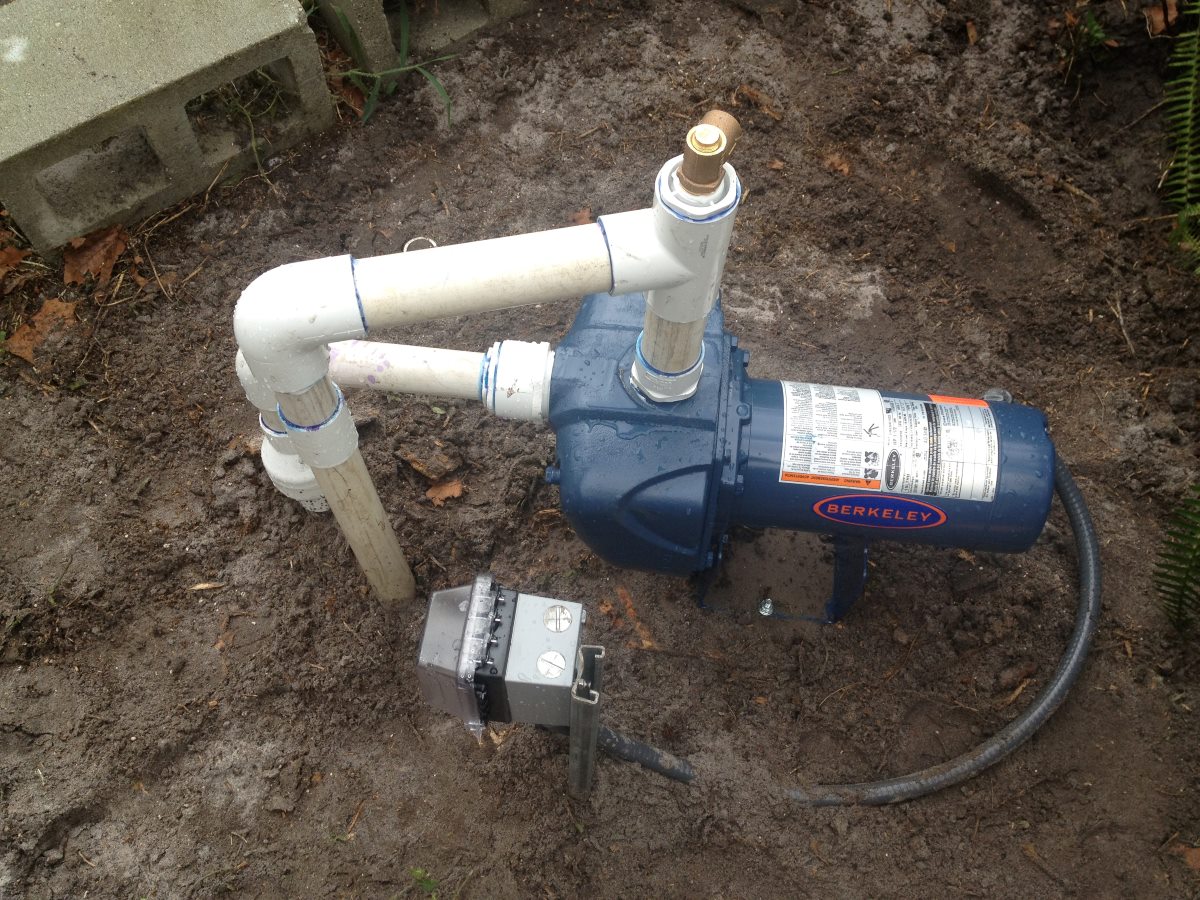
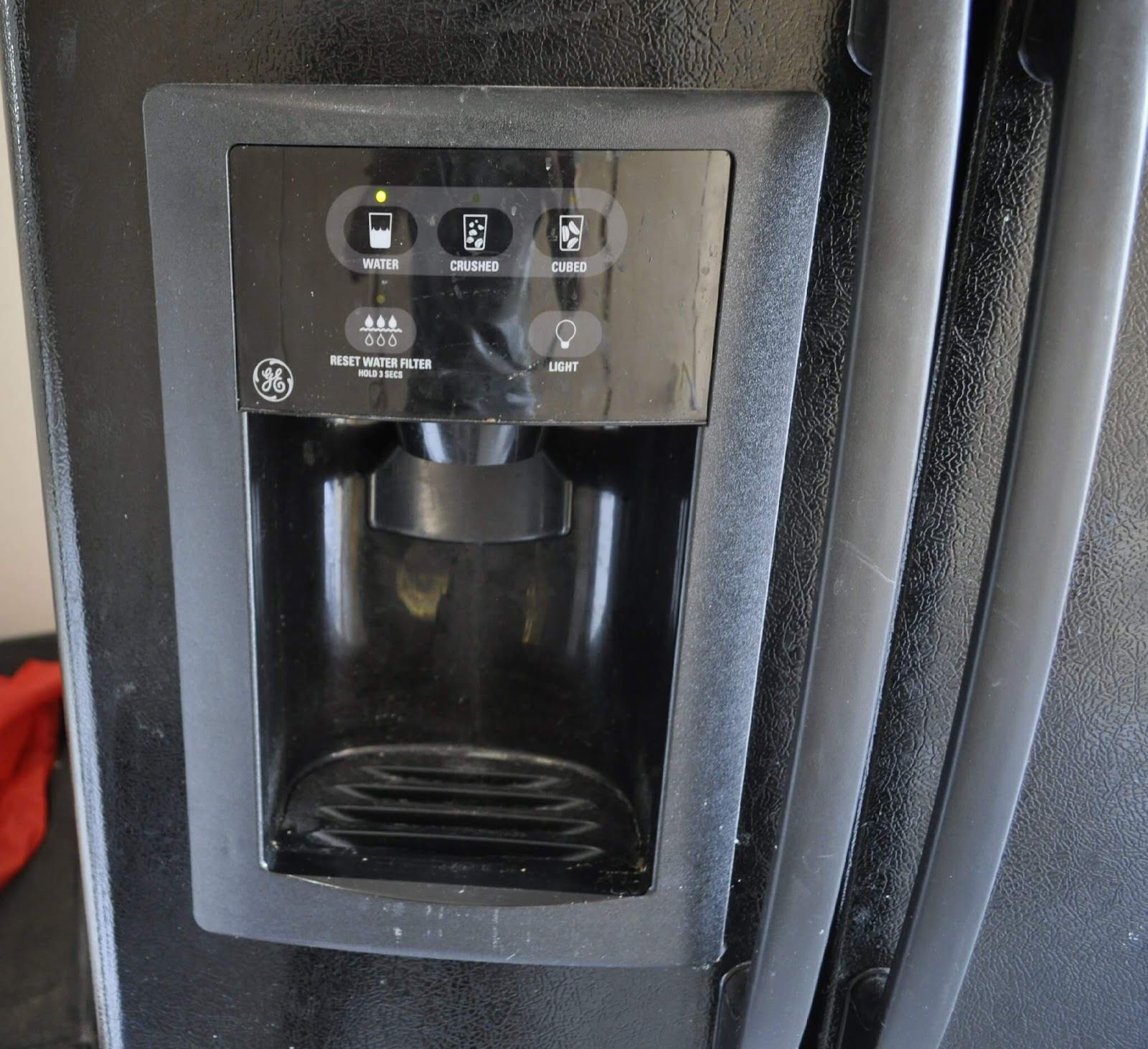

0 thoughts on “Why Is My Water Pump Not Working”